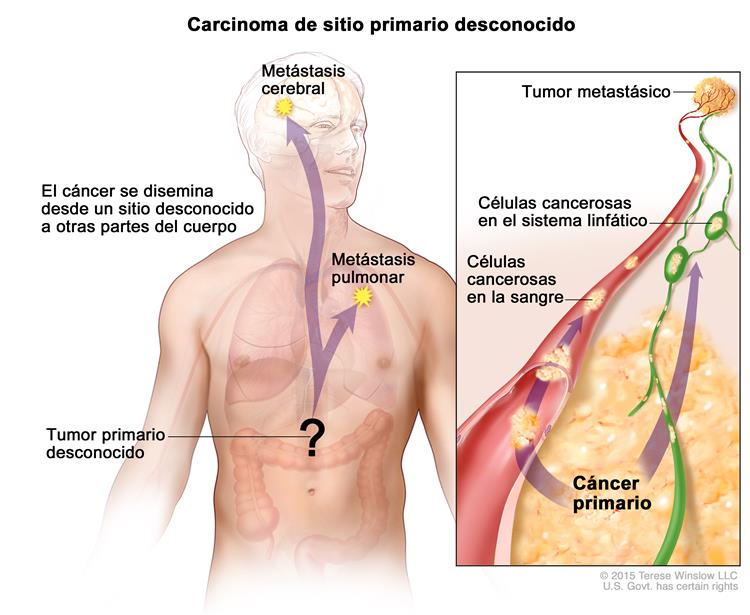Problemas en el reclutamiento de pacientes con cáncer de pulmón y metástasis cerebral en un ensayo clínico.
Palabras clave:
Neoplasias, Ensayo clínicoResumen
Introducción: los ensayos clínicos son una herramienta en la que se emplean sujetos seleccionados de acuerdo a criterios predeterminados de elegibilidad, ellos pueden constituir al mismo tiempo una estrategia útil para elevar la calidad de la atención al paciente por lo que tienen el potencial de salvar vidas, los conocimientos que posea la población en general sobre los ensayos clínicos son esenciales en el reclutamiento de pacientes.
Objetivo: por tal motivo nos dimos a la tarea de evaluar el comportamiento de la inclusión de pacientes portadores de cáncer de pulmón de células no pequeñas con metástasis cerebral en un ensayo clínico Fase II diseñado por el Centro Nacional Coordinador de Ensayos Clínicos y el Centro de Inmunología Molecular y ejecutado en 4 provincias del país para evaluar la seguridad y eficacia del anticuerpo monoclonal Nimotuzumab (CIMAher® o AcM hR3).
Métodos: se realizó un estudio descriptivo y transversal en el período de septiembre de 2006 a agosto de 2008.
Resultados: durante este período se evaluaron 95 pacientes, de ellos se lograron incluir 30 sujetos en el ensayo.
Conclusiones: las principales causas de no inclusión de pacientes fue el deterioro del estado general, seguido de no diagnóstico anátomo-patológico de cáncer de pulmón de células no pequeñas y pacientes con metástasis solitaria.
Descargas
Citas
1. Fuentes o métodos de reclutamiento [citado 2 julio 2015] Disponible en: https://globalhealthtrainingcentre.tghn.org/site_media/media/articles/trialprotocoltool_sp/SOURCE/Checklist/TrialRecruitment/Metodos%20de%20reclutamiento.html.
2. Álvarez C. Mejoras en el reclutamiento de pacientes en ensayo clínicos. IV Conferencia Anual de las Plataformas Tecnológicas de Investigación Biomédica. Madrid, 28 Febrero 2011. [Citado el 17 May. 2012]. Disponible en: http://docplayer.es/12547984-Mejoras-en-el-reclutamiento-de-pacientes-en-ensayos-clinicos.html.
3. Fors López MM. Los ensayos clínicos y su contribución a la salud pública cubana. Rev Cubana Salud Pública. 2012; 38(5):57-62. [Citado 10 Ene 2015] Disponible en: http://www.scielo.sld.cu/scielo.php?script=sci_arttext&pid=S0864-34662012000500010&lng=es.
4. Sawka CA, Pritchard KI. Can improved communication increase patient participation in randomised clinical trials? European Journal of Cancer 2001; 37(3):297-9.
5. Cerdán A., González A., Verástegui E., 2012, ¿Quién decide? El consentimiento informado en los pacientes de cáncer en México, en Homedes N. y Ugalde A., Ética y ensayos clínicos en América Latina, Lugar Editorial. Buenos Aires, pp 373-388.
6. Bachelet VC, Rada G. Por qué la Declaración de Helsinki ahora recomienda registrar los ensayos clínicos, y publicar y difundir los resultados de la investigación. Medwave 2013;13(10):e5846. Disponible en: http://www.medwave.cl/link.cgi/Medwave/Perspectivas/Editorial/5846.
7. Ocampo Barrio P. La investigación científica en la práctica clínica del médico familiar. Arch Medicina Familiar. 2006; 8(2):53-6.
8. Freitas C.B.D. y Shlemper B.R., 2012, Avances y desafíos de la investigación clínica con medicamentos nuevos en Brasil, en Homedes N. y Ugalde A., Ética y ensayos clínicos en América Latina, Lugar Editorial, Buenos Aires, 239-265.
9. Zavala S, Alfaro J. Ética e investigación. Rev Peru Med Exp Salud Pública. 2011; 28(4): 668-9. Disponible en: http://www.scielo.org.pe/scielo.php?script=sci_arttext&pid=S1726-46342011000400015.
10. Centro Nacional Coordinador de Ensayos Clínicos. Informe de balance Dpto. de
Ensayos clínicos. 2013. La Habana: CENCEC; 2013.
11. García E, Monreal ME, Montenegro A,Viada CE, Ills González D. Conocimiento de los médicos y la población cubana sobre los ensayos clínicos. Rev Cubana Invest Biomed 2006;25(3)[Citado 23 junio2015]Disponible http://bvs.sld.cu/revistas/ibi/vol25_3_06/ibi02306.htm.
12. Aldrich S. Clinical Trial Outsourcing Report. Contract Pharma[Internet] 2012. Disponible en http://www.contractpharma.com/issues/2012-03/view_features/clinical-trial-outsourcing-report.
13. Karlberg J , Speers M. Revisión de ensayos clínicos: Una guía para el Comité de ética , marzo de 2010.
14. Graffy J, Bower P, Ward E, Wallace P, Delaney B, Kinmonth AL, Collier D, Miller J. Trials within trials? Researcher, funder and ethical perspectives on the practicality and acceptability of nesting trials of recruitment methods in existing primary care trials. BMC Med Res Methodol 2010; 10: 38.

Publicado
Cómo citar
Número
Sección
Licencia
Aquellos autores/as que tengan publicaciones con esta revista, aceptan los términos siguientes:- Los autores/as conservarán sus derechos de autor y garantizarán a la revista el derecho de primera publicación de su obra, el cuál estará simultáneamente sujeto a la Licencia de reconocimiento de Creative Commons que permite a terceros compartir la obra siempre que se indique su autor y su primera publicación esta revista.
- Los autores/as podrán adoptar otros acuerdos de licencia no exclusiva de distribución de la versión de la obra publicada (p. ej.: depositarla en un archivo telemático institucional o publicarla en un volumen monográfico) siempre que se indique la publicación inicial en esta revista.
- Se permite y recomienda a los autores/as difundir su obra a través de Internet (p. ej.: en archivos telemáticos institucionales o en su página web) antes y durante el proceso de envío, lo cual puede producir intercambios interesantes y aumentar las citas de la obra publicada. (Véase El efecto del acceso abierto).


